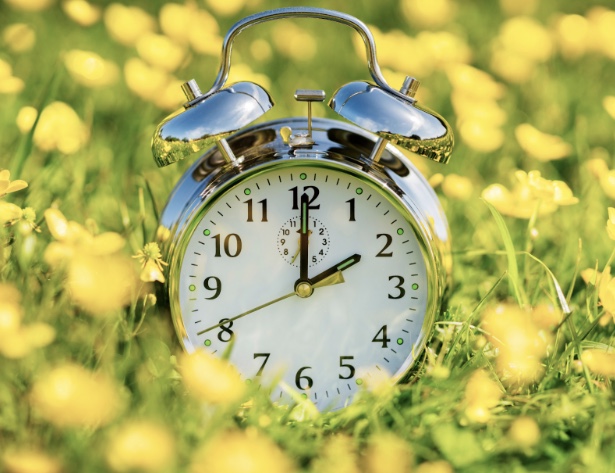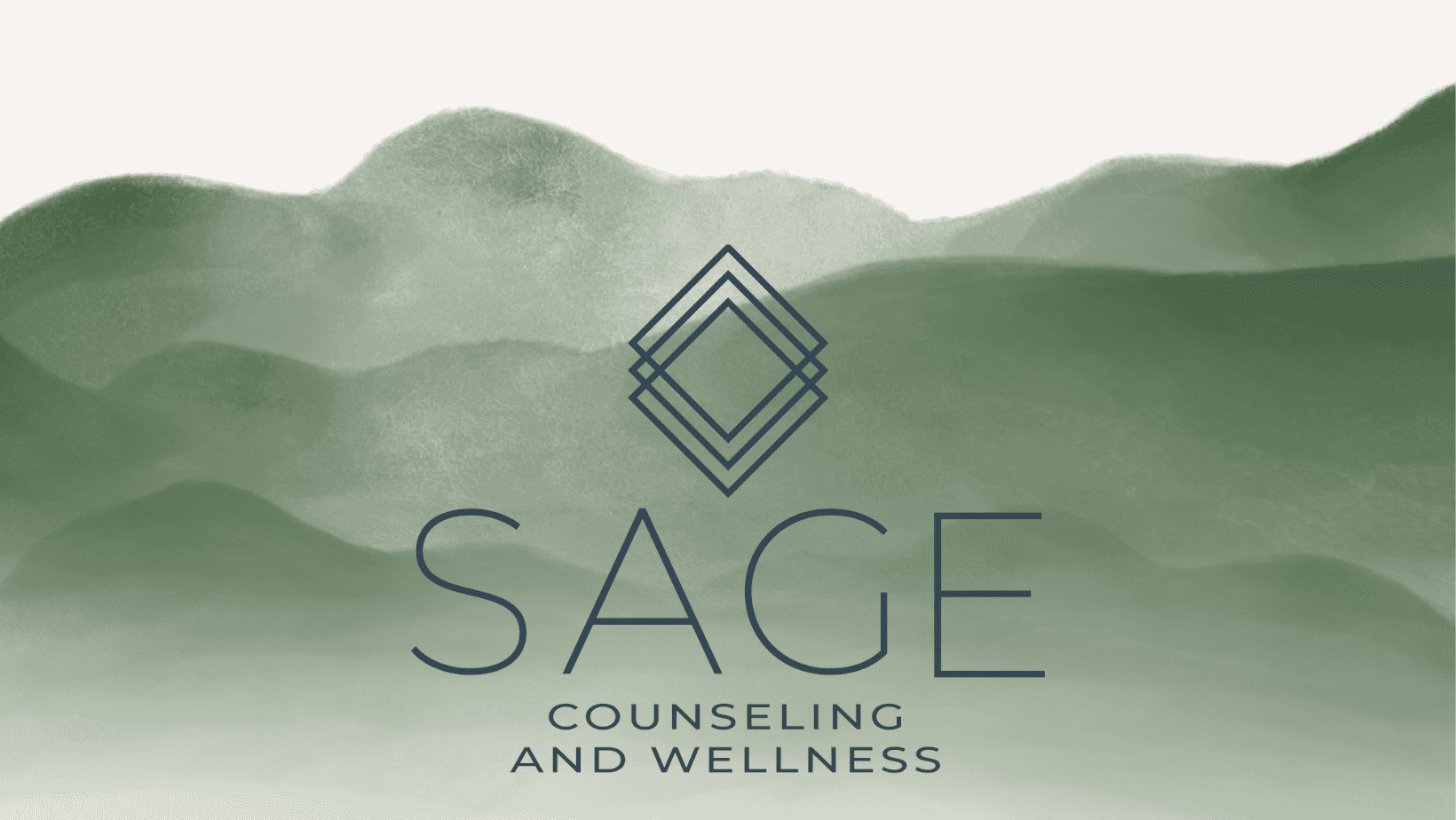
Springing Forward: A Recovery from Seasonal Blues?
This post may contain affiliate links, which means we may receive a commission, at no extra cost to you, if you make a purchase through a link. Please see our full disclosure https://www.rachelbutlercounseling.com/disclosure-privacy-policy-terms-of-use/ for further information.
As we enter the new season of Spring, we can anticipate warmer weather, incoming summer breaks, and getting the perfect amount of extra time before the sun goes down. This is caused by the semi-annual Daylight Savings Time (DST). This term was discovered in 1918 with the belief in saving energy during World War One. It is defined by the practice of setting clocks one hour back during the fall months, and one hour forward during the summer months. This process is used to help humans make better use of natural daylight time. As mentioned, this process takes place twice a year. During the “Fall-Back” months, the sun sets earlier, making the days feel shorter. During “Spring-Forward” months, the sun sets later, making the days feel longer.
There has been an open question on which Daylight Savings Time is more enjoyed by the population. It is common for individuals not to enjoy fall-back months as enduring shorter days can be damaging to one’s mental health and overall well-being. Depending on the person, this difficulty can lead to one dealing with Seasonal Affective Disorder (SAD) – an onset of depression due to complications of late fall months. While earlier months often indicate the start of these symptoms, these challenges have been known to still affect human functioning during spring-forward months. As a result, anticipating all that springtime brings requires just as much preparation.
Why can Daylight Savings Time be difficult?
It is easy to ask yourself, “Can a one-hour change make that much difference to our bodies?” The answer is yes, and the impact of that change goes past a difference in our sleep schedules. Surprisingly, springing forward is linked with more health effects than falling back. This is due to the “jet lag” feeling that our circadian rhythm or “sleep-wake” cycle experiences. Light is considered to be a huge regulator of our bodies, so when there is any change during the morning or night, adverse health consequences follow. Other than feeling extremely tired, Daylight Savings Time can affect our bodies by influencing the following:
This impact is related to the changes that occur in our circadian rhythm. Studies have shown a 24% increase in heart attacks and an 8% increase in the risk of strokes following the start of DST.
- Compromised Decision-Making. The difficulty with sleeping or lack thereof that follows the start of DST can affect one’s ability to think clearly, resulting in higher chances of taking risks and making mistakes. This can be seen through spikes in medical errors, injuries in the workplace, and car accidents following this change in sunlight.
- Difficulty with Focus and Memories.
Feeling sluggish due to the lack of sleep can lead to difficulties in handling critical tasks. This is a normal process that follows the start of springing forward in DST.
Coupled with eating food at a new hour, our bodies experience different hormone levels that are caused by sleep deficits. Hunger coupled with sleep deprivation invites reaching for food that is high in fat and sugar.
It is no surprise that losing out on sleep increases your irritability. This is because lack of sleep is directly linked with difficulties regulate one’s emotions.
Why Easing into Spring Forward is Important:
Similar to the Holiday Blues that many experiences during the Falling-Back months, it is possible to successfully ease and thrive into the Springing-Forward months. However, implementing a strategy is necessary. Coupled with the fact that Daylight Savings Time isn’t something that can be avoided or taken away, learning how to properly adjust to this change promotes an energized body and clear mind when it comes to making better use of daylight.
As mentioned before, Seasonal Affective Disorder is a common condition that can happen during the late fall months. It has been proven that this condition can still affect individuals in the spring. It can be seen as expected to face mental challenges during the fall to winter months due to contexts such as cold weather and the classic case of the Holiday Blues. However, this same feeling of emptiness can be confusing when it is during the spring months when those same reasonings are not there. Without proper treatment or coping mechanisms, these symptoms will worsen no matter the DST season.
How do I prepare my body for Daylight Savings Time?
It is important that we prepare our bodies physically and mentally for an effective transition into natural environmental changes. Here’s how to do so:
Physically, you’ll want to:
- Start preparing your sleep schedule early. By going to bed 15-30 minutes earlier than your usual bedtime. That way, your body can become more accustomed to the onset changes.
- Interact with the longer evenings. Being that there is more sunlight in the evenings, taking a walk can help to naturally reset your body clock. You can also do this in the morning by opening up your curtains during sunrise.
- Reduce your screen time. Artificial lighting such as television, tablets, and phones can be helpful when unwinding for the evening. But, to prepare for a good night’s rest, make an effort to avoid these displays about two hours before bedtime.
- Avoid long daytime naps. When adjusting to Daylight Savings Time, it is likely for one to feel sluggish and have a “crash” feeling during the afternoon. Power naps are okay but if they are too long, they could cause difficulties falling asleep later in the evening.
Mentally, you’ll want to:
- Create a bedtime calming ritual. This can look different for everyone but the point is to do something that will help you to feel calm and relaxed. Some ideas could be journaling, doing some stretching, or adding some luxury to your skincare routine.
- Try using a sunlight lamp. This help to bring a little brightness to our daily lives. Sunlight Lamps help to improve mood and energy levels. They can also be used during the winter months to combat Seasonal Affective Disorder (SAD) as well.
- Declutter your space. Paired with Spring Cleaning, maintaining a cleaning schedule can help to promote mental clarity. This can help make your transition into “springing forward” a little easier.
- Maintain movement in your daily routine. It can feel tempting to want to take a nap to remedy any irritable feelings. However, adding in extra movement instead can increase our energy levels and mood.
To discuss how therapy could help you during this season of your life, please contact me or schedule your free 15 minute consultation.
References:
American Behavioral Clinics. (2022, March 24). Sad in the Spring? What to do when Spring brings showers of sadness. American Behavioral Clinics. https://americanbehavioralclinics.com/sad-in-the-spring-what-to-do-when-spring-brings-showers-of-sadness/
Crouch, M. (2023, March 7). 5 surprising ways your body reacts to daylight saving time. AARP. https://www.aarp.org/health/healthy-living/info-2022/daylight-saving-time-and-your-body.html
Developer, W. (2022, October 20). Self-care tips to mentally and physically prepare for when daylight savings time ends. Callyssee. https://callyssee.com/blogs/news/self-care-tips-to-mentally-and-physically-prepare-for-when-daylight-savings-time-ends
Fridel, K., & PhD, L. P. (2018, March 5). 6 tips to help you spring forward. HealthPartners Blog; HealthPartners. https://www.healthpartners.com/blog/6-tips-to-help-you-spring-forward/
Want to read more? Here are a few of my related blog posts you may be interested in checking out!




0 Comments